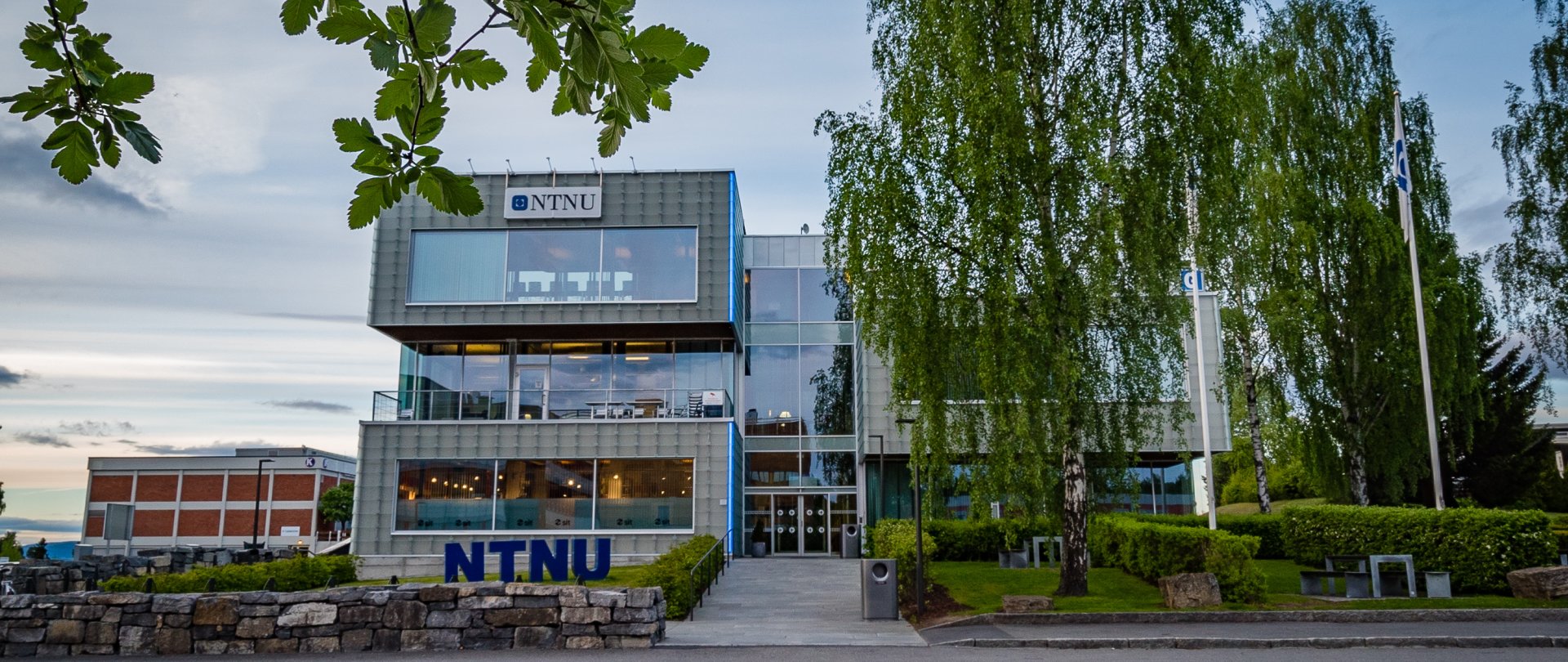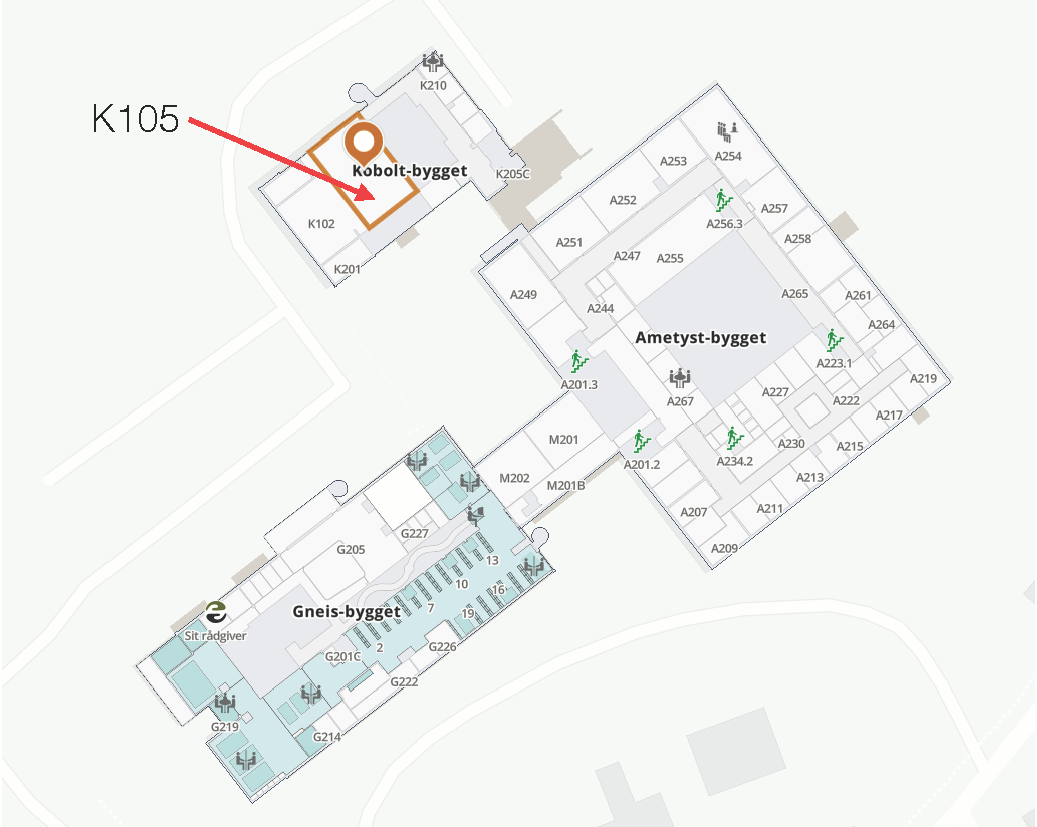Conference Venue
CVCS 2020 will be held at the Norwegian University of Science and Technology (NTNU) in Gjøvik, Norway.

Introduction
NTNU is a university with an international focus, with headquarters in Trondheim and campuses in Ålesund and Gjøvik.
NTNU has a main profile in science and technology, a variety of programmes of professional study, and great academic breadth that also includes the humanities, social sciences, economics, medicine, health sciences, educational science, architecture, entrepreneurship, art disciplines and artistic activities.
The Norwegian Colour and Visual Computing Laboratory at Gjøvik was founded in the spring of 2001, under the name The Norwegian Color Research Laboratory. The vision was to study colour as a light signal, to be captured and reproduced, without isolating it from its traditional context. It was at the time serving the rising needs for colour management solutions in the graphic arts industry.
We have played a key role in the studies offered at NTNU Gjøvik already from the beginning in 2001, with the master programme in “elektronisk publisering og multimedieteknikk” and in the graphical engineering degree. In 2008 the laboratory, as a part of four partners, in started an Erasmus Mundus master programme “Color in information and media technology”.
The laboratory has also over the years lead several research projects, such as the one on multispectral image capture and reproduction funded by the research council of Norway from 2003 to 2007. In 2007 to 2010 the group was a partner in the EU funded project Colour Research for European Advanced Technology Employment (CREATE), where we organized the final conference with more than 100 young researchers from all over the world visited Gjøvik. The laboratory also leads training and research project funded by Marie Curie Initial Training Networks (ITN); Colour Printing 7.0: Next Generation Multi-Channel Printing (CP7.0). In 2013 another project from the research council of Norway started, HyPerCept – Color and Media Quality in higher dimensions, with the principal objective is push the scientific boundaries of colour and image quality within a broadly defined visual computing context.
In the spring of 2012 the laboratory changed name from The Norwegian Color Research Laboratory to The Norwegian Colour and Visual Computing Laboratory, leading into a broadening of the research field of the group. The laboratory has since its foundation risen to become an internationally leading research- and educational institution on the area of colour imaging science, image- and video processing.
In recent years The Norwegian Colour and Visual Computing Laboratory has extended its research naturally into the field of appearance, especially with the Research Council of Norway (RCN) FRIPRO Toppforsk project Measuring and Understanding Visual Appearance (MUVAPP, 2017-2021) and the EU MSCA ITN Appearance Printing - European Advanced Research School (APPEARS, 2019-2022).
The Colourlab leads several research projects, from fundamental research (recent projects are RCN FRIPRO project ICVIO 2019-2023 and RCN FRIPRO project CCSF 2016-2019) to more applied projects (EU MSCA ITN CHANGE 2019-2022 and RCN IKTPLUSS CAPSULE 2019-2023). These projects show that the Colourlab is at the research forefront of their field. Today, the Colourlab is one of the recognised research groups in the world in the field of colour imaging, but the Colourlab also significantly contributing to educating students for the industry through their role as coordinating the Erasmus+ Joint Master Degree Computational Colour and Spectral Imaging (COSI).
Conference Map
Conference will be located in the K-Building (Kobolt). Additional information on how to reach the venue can be found here.


Address
Teknologivegen 22, 2815. Gjøvik, Norway.
Website
